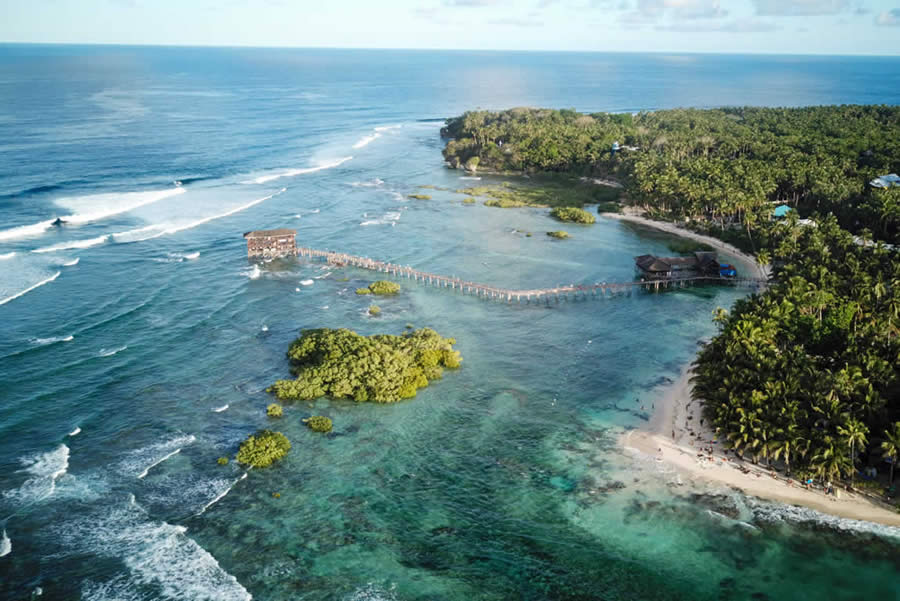Surfing and Sustainability: Eco-Friendly Surf Camps' Role in Conservation
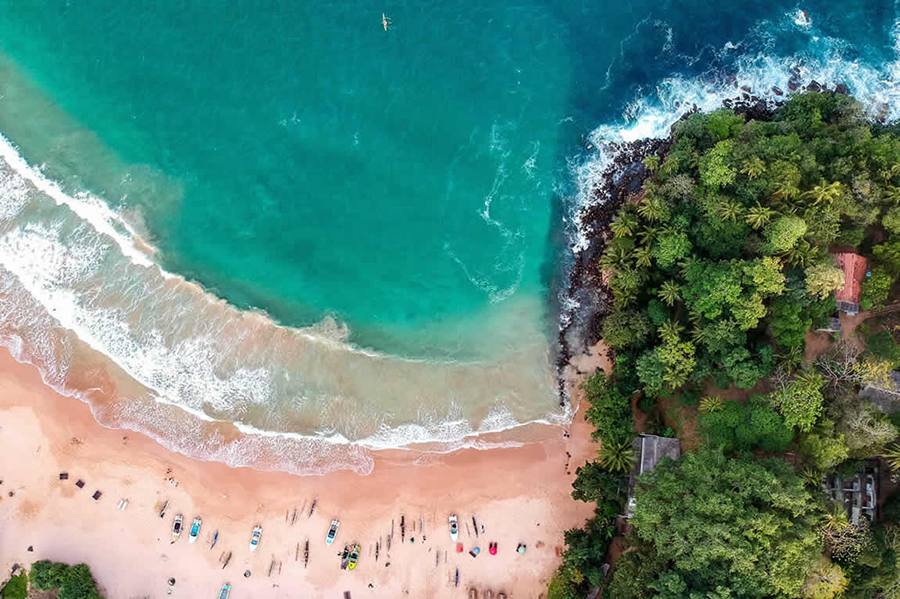
The growing popularity of surfing has created a unique opportunity for surf camps to promote environmental protection and conservation. With an increasing number of surfers worldwide, the environmental impact of the sport can no longer be ignored. Therefore, it is essential for the surfing community to develop sustainable practices to preserve the ecosystems that support their favorite pastime.
Surfers, as a community, often exhibit pro-environmental behavior, recognizing the close connection between their passion and the health of the ocean and coastal environments. By incorporating sustainability initiatives into their operations, surf camps contribute to the overall environmental consciousness of the surfing community. Measures such as using eco-friendly materials in board manufacturing, prioritizing waste management, and participating in beach cleanups help protect the marine ecosystems that serve as their playground.
Surf camps have the potential to not only minimize the negative impact of surfing on the environment but also foster a sense of stewardship among participants. By incorporating sustainability goals into their programs and fostering a strong environmental ethos, surf camps can play a significant role in conservation efforts, leading the surfing community toward a more sustainable future.
- The Importance of Surfing and Sustainability
- Key Players and Initiatives in Surf Sustainability
- Sustainable Surf Tourism Practices and Locations
- Sustainable Surfboards and Board Manufacturing
- Promoting Sustainable Attitudes and Behaviors in the Surf Community
- Environmental Issues, Policies, and Activism in the Surf World
- Conclusion: Charting the Future of Surfing in Harmony with Nature
The Importance of Surfing and Sustainability

The Role of Surf Tourism in Communities and the Environment
Surfing has become a popular recreational activity that extends beyond the sport itself to include a vast surf tourism industry. This industry has brought economic benefits to various coastal communities, while also influencing local environments. When managed sustainably, surf tourism can promote positive behaviors and practices, ultimately contributing to environmental protection, such as preserving ecosystems, water quality, and waves.
However, the influx of tourists in coastal areas can also pose challenges like overcrowding, pollution, and resource depletion. This highlights the need for sustainable development that balances the economic opportunities provided by surf tourism against its environmental impact and the well-being of local communities.
Sustainable Development and the Surf Industry
The surf industry plays a crucial role in promoting sustainable development and reducing the environmental footprint of surf tourism. From the production of eco-friendly surfboards and wetsuits to the adoption of socially responsible business practices, companies are continually exploring ways to commit to sustainability.
A significant example of this commitment is surf camps and schools that promote environmentally conscious practices, including beach cleanups, recycling initiatives, and educational programs on ocean conservation. Collaborating with organizations like the Surfrider Foundation, these surf camps contribute to the protection and preservation of oceans and beaches.
Environmental Challenges and the Need for Conservation
Coastal regions, particularly in places like California, are facing environmental challenges such as pollution, rising sea levels, and habitat destruction. These threats not only impact marine environments but also threaten the future of surfing, as natural resources like waves are incredibly fragile.
Addressing these challenges necessitates collective efforts from surfers, the surf industry, and local communities. Investing in research, implementing ocean-friendly policies, and raising awareness of sustainable development practices are essential strategies to ensure the preservation of marine ecosystems and, in turn, the sport of surfing.
Key Players and Initiatives in Surf Sustainability

The Surfrider Foundation and Its Impact
The Surfrider Foundation is an organization dedicated to the protection and enjoyment of oceans, waves, and beaches. They work on a variety of environmental issues, from eliminating plastic pollution to preserving and maintaining surf breaks. The foundation's impact has been significant in the world of surf tourism, as they advocate for the conservation of marine life, beaches, and coastal ecosystems. Their efforts have contributed to sustainable growth within the industry, promoting eco-friendly practices that help protect the environment while still enjoying the sport.
World Surfing Reserve and Save the Waves Coalition
World Surfing Reserve (WSR) and Save the Waves Coalition aim to safeguard surf breaks worldwide. WSR designates specific areas as protected surf zones, ensuring their ecological, cultural, and economic value is preserved for future generations. Some notable locations include Peru, Bali, and Malibu, among others. Meanwhile, the Save the Waves Coalition is focused on protecting coastal ecosystems and their surrounding communities. Together, they bring attention to the importance of preserving surf breaks and promote sustainable tourism practices within the industry.
Surfers Against Sewage and UK Initiatives
Surfers Against Sewage (SAS) are a UK-based organization that advocates for clean water, clean air, and the protection of the environment in the surfing community. They concentrate on reducing plastic pollution, promoting sustainable practices, and encouraging environmental activism. SAS's efforts have led to various initiatives in the UK, raising awareness and sparking change in the tourism industry and beyond. They have also made notable strides in promoting eco-friendly surf camps, aiming to reduce the environmental impact of sports tourism while still catering to the needs of surf enthusiasts.
In conclusion, organizations such as the Surfrider Foundation, World Surfing Reserve, Save the Waves Coalition, and Surfers Against Sewage play a crucial role in promoting sustainability within the surfing community. These initiatives not only help preserve the environment and marine life, but they also contribute positively to local economies and the global phenomenon that is surf tourism.
Sustainable Surf Tourism Practices and Locations

Sustainable Surfing in Bali, Indonesia
Bali has been at the forefront of sustainable surfing, with surf camps implementing innovative practices to minimize their environmental impact. Initiatives include the use of eco-friendly surfboard materials, water conservation efforts, and waste management systems that prevent pollution from entering the wider oceanic ecosystem. Local organizations, such as Sustainable Surf, actively collaborate with surf camps and resorts to ensure that both local and international surfers are educated and empowered to contribute to environmental conservation in the region.
Uluwatu, located on the island of Bali, is another popular surf spot that has experienced a surge in sustainable surf tourism. Home to stunning waves, the area attracts experienced surfers from all over the world. A strong emphasis has been placed on the responsible management of Uluwatu's precious resources, prioritizing the protection of its unique coral and aquatic ecosystems. By integrating environmental and economic sustainability into surf tourism practices, Uluwatu sets itself apart from other popular surf locations.
Southern California and the Threat of Coastal Development
Southern California is known for its vibrant surf culture and world-class waves, but it is also challenged by the increasing pressures of coastal development, which threaten the very foundation of sustainable surf tourism. Surfers and environmental groups have come together to advocate for responsible growth measures that preserve the region's pristine coastlines and support a thriving surf community. Utilizing the concept of "Surfonomics," these groups aim to demonstrate the economic importance of sustainable surf tourism to local businesses, government, and coastal residents. This approach highlights the interconnectedness of economic prosperity, environmental conservation, and the maintenance of surfing resources in Southern California.
By adopting sustainable surf tourism practices and focusing on preserving coastal ecosystems, these locations offer a blueprint for the future of the industry. They showcase the potential for balancing enjoyment of the ocean and protection of its delicate environment, ensuring that future generations can continue to appreciate the world's most unique and treasured surf spots.
Lobitos, Peru: A Model for Sustainable Surf Tourism
Lobitos, Peru, stands out as a model for sustainable surf tourism due to its focus on environmental protection and conservation of surfing resources. Surf camps in Lobitos prioritize education and awareness on the importance of preserving the coastal ecosystem. They also value a strong relationship with the local community, ensuring that their operations bring economic and social benefits to the area, as suggested by sustainable surf tourism literature. Interaction with the ocean environment is carefully managed, as swimmers and surfers enjoy world-renowned breaks without damaging the sensitive marine habitat or negatively impacting valuable fish populations.
Sustainable Surfboards and Board Manufacturing

The surf industry is increasingly recognizing the importance of sustainability in surfboard manufacturing. With concerns about the environmental impacts of traditional surfboard production materials and processes, many companies and initiatives are now focusing on eco-friendly and sustainable alternatives.
One example is the use of wooden surfboards which offer a more environmentally friendly option compared to traditional foam and fiberglass boards. Wooden surfboards are not only crafted from renewable resources, but they also tend to have a longer lifespan, reducing the overall environmental impact throughout a surfboard's lifecycle.
Another significant development in sustainable surfboard manufacturing is the use of alternative materials. Sustainable Surf, an organization that promotes eco-friendly surfboard production, has set minimum requirements for the use of recycled and plant-based materials in manufacturing. This helps encourage the industry's shift toward greener materials and practices.
Important advancements in surfboard-making processes have also led to more environmentally conscious approaches, such as minimizing waste and reducing the toxicity of petrochemicals used in production. Innovations in ecologically sustainable surfboards create a positive impact on the environment and the health of individuals working in board production.
Surf camps play an essential role in promoting sustainable surfing as well. By incorporating sustainable surfboard options and practices into their programs, surf camps can educate participants on the benefits of eco-friendly choices in surfing and support the adoption of environmentally responsible habits within the surf community.
In summary, the surf industry is progressing towards more sustainable practices in surfboard manufacturing, including the adoption of renewable materials, waste reduction, and the incorporation of greener production processes. This shift towards sustainability is not only beneficial for the environment but also ensures a brighter future for generations of surfers to come.
Promoting Sustainable Attitudes and Behaviors in the Surf Community
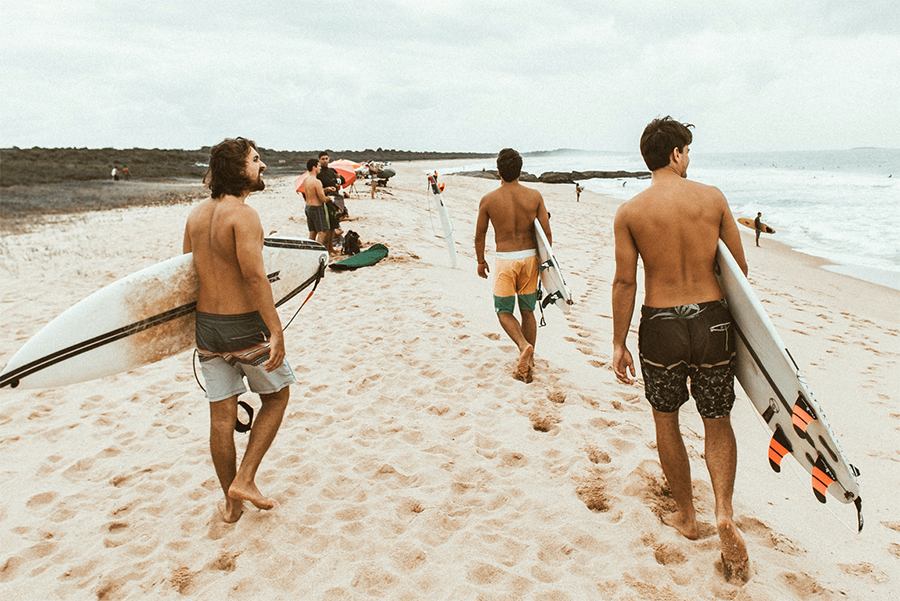
The surf community is increasingly taking measures to promote sustainable attitudes and behaviors, which greatly aids in environmental protection and conservation. Surf camps play a significant role in fostering this culture by educating participants about the importance of sustainable management and the preservation of marine ecosystems.
One approach surf camps utilize is engaging their attendees in discussions about the potential threats to marine life, including pollution, climate change, and other human-driven factors. This helps increase awareness and understanding of the interconnectedness between the surfing community and the natural world. Activities such as beach cleanups and marine animal conservation projects are also organized to encourage responsible behaviors among surfers.
In regions like Southern California, where surfing is a popular sport, it's essential to address the impact of mass tourism on coastal ecosystems. Surf camps can encourage mindful travel practices, emphasizing the importance of minimizing waste and reducing the ecological footprint of surfers visiting these areas.
Political activism plays a pivotal role in advocating for policies and regulations that protect coastal environments. Members of the surf community can collaborate with organizations like Sustainable Surf to lobby for environmentally-friendly practices and sustainable development in vulnerable coastal regions. This collaboration strengthens the surf community's voice in political discussions and its influence on decision-making processes in these areas.
Another challenge faced by the surfing community is coastal erosion, which can often lead to the loss of surf breaks and negatively impact the ecosystem. Surf camps contribute to addressing this issue by partnering with environmental organizations to protect coastal dune systems, restore native habitats, and support ecologically responsible infrastructure development.
To sum up, surf camps play a critical role in promoting sustainable attitudes and behaviors in the surf community. By fostering a sense of responsibility and understanding of the interdependence between surfing and the environment, they contribute to the protection and conservation of coastal ecosystems.
Environmental Issues, Policies, and Activism in the Surf World
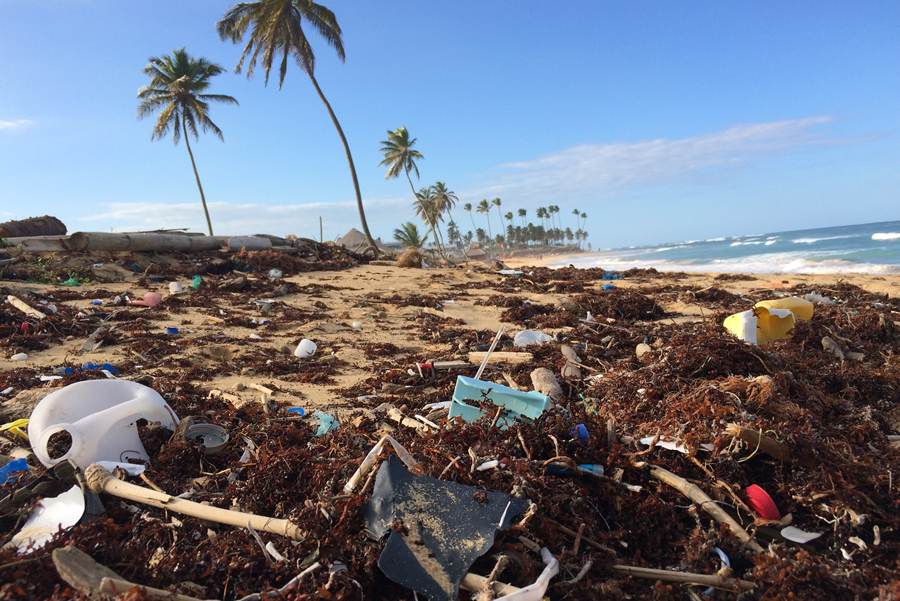
Beach Access and the Coastal Act
One major environmental issue in the surfing world is coastal development, which can negatively impact beach access and coastal ecosystems. In response to this challenge, the Coastal Act was established to protect the coast and ensure public access to beaches. This legislation plays a crucial role in preserving the natural beauty of the shoreline and providing equal access to all members of the surf community.
Surf organizations and non-profits like the Save The Waves Coalition actively promote the protection of coastal environments and the responsible development of coastal areas. They work alongside local governments to uphold the Coastal Act, engage the youth in environmental stewardship, and create awareness about coastal preservation.
Water Quality and Plastic Pollution
Water quality is another concern for surfers, as polluted waters can lead to health problems and negatively impact marine life. A significant contributor to water pollution is plastic waste. The surf community has taken an active role in addressing plastic pollution and advocating for clean water.
Surf camps and organizations organize beach cleanups, raise awareness about plastic pollution, and encourage the use of reusable products. Furthermore, they often collaborate with other environmental initiatives and governments to enact policies and reforms that will keep the water clean and safe for surfers and marine life alike.
Recycling and Self-Reliance in the Surf Community
Recycling and self-reliance are essential factors in sustainability, particularly within the surf community. Surfers have begun to recognize the importance of mitigating their environmental impact and taking steps to reduce waste and conserve resources. This includes repurposing and repairing surfboards, adopting eco-friendly materials, and implementing recycling programs at surf camps and events.
The surf industry is gradually transitioning towards more sustainable practices. For example, some surfboard manufacturers have started using sustainable materials such as recycled foam and bio-based resins, minimizing their environmental footprint. At the same time, initiatives like beach cleanups and education programs aim to inspire the younger generation to contribute to environmental protection and conservation.
Overall, the surf community plays a vital role in promoting sustainable practices and advocating for environmental policies. The collaborative efforts between surf camps, organizations, and local governments ensure that the coastal environment is protected while the surf community continues to thrive. This commitment to sustainability not only benefits the surfers themselves but also contributes to preserving the marine ecosystem for future generations.
Conclusion: Charting the Future of Surfing in Harmony with Nature
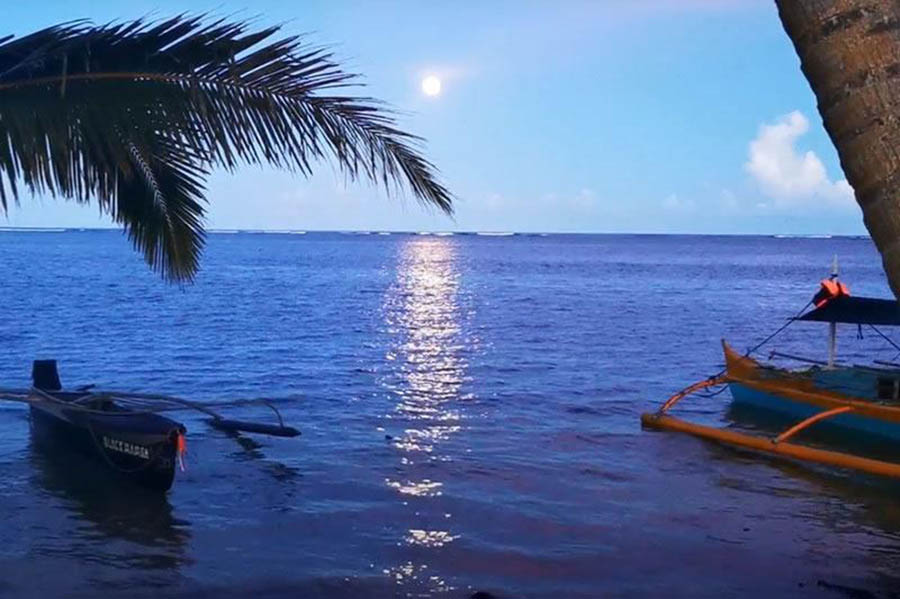
In conclusion, as we ride the waves of a climate-conscious era, surfing is not just a sport, but a beacon of sustainable lifestyle and responsible tourism.
Eco-friendly surf camps are leading the charge, promoting sustainable practices and attitudes within the surf community and inspiring initiatives that reach far beyond the beaches. With a deep understanding of the environmental issues at stake, these camps are a testament to the potential of proactive conservation efforts.
By implementing sustainable surf tourism practices, manufacturing eco-friendly boards, and standing as active environmental advocates, they are sculpting a healthier future for our oceans and the planet.
Ultimately, their efforts illuminate the path towards a harmonious blend of the surfing culture with sustainable principles, demonstrating that the thrill of the sport and love for nature can, indeed, go hand in hand.
Related Articles
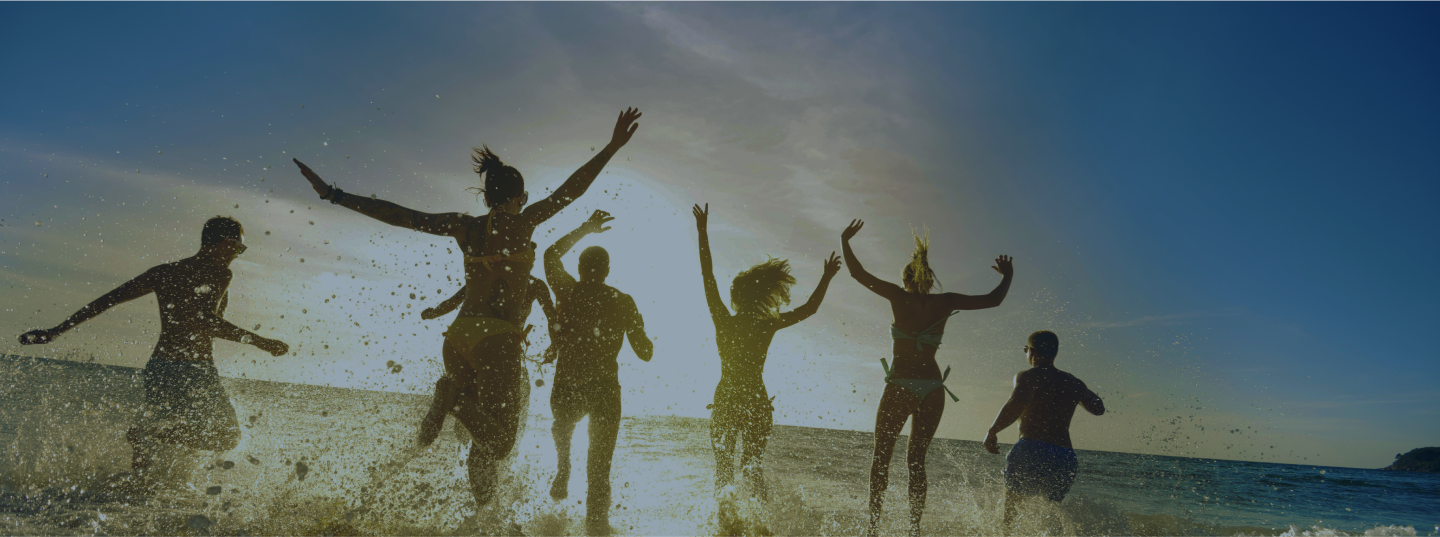
Enjoy a Truly Unique CAMP
Experience With Fellow Travelers
SatoriCamp will match you next vacation with like-minded travelers from around the world.
Find your Camp





